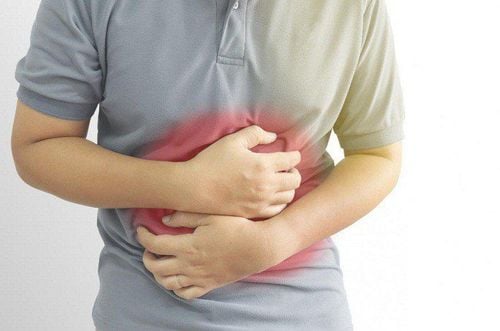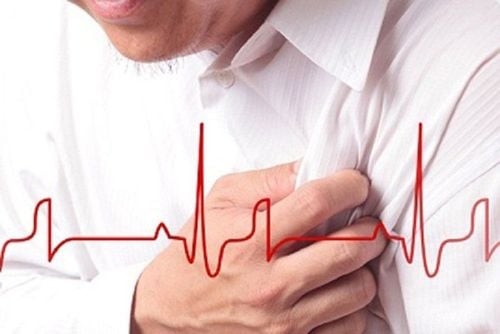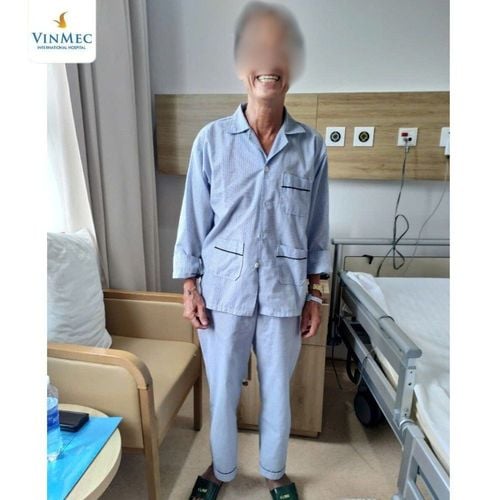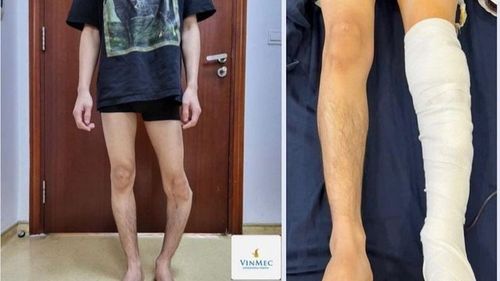Nội dung bạn đang tìm kiếm không có phiên bản tiếng Việt.
Vui lòng chọn tiếp tục để xem nội dung tiếng Anh hoặc đi đến trang chủ Tiếng Việt.
Rất xin lỗi về sự bất tiện này.

Home
Tag Hormone replacement therapy
Articles in Hormone replacement therapy
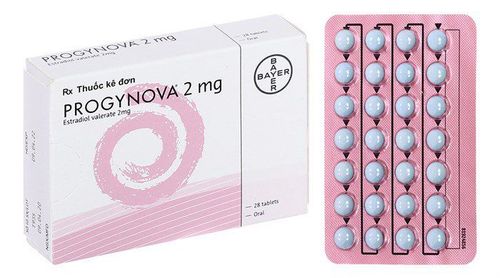
How long after taking Progynova to menstruate?
Progynova is utilized in hormone replacement therapy for the treatment of menstrual irregularities and the prevention of postmenopausal osteoporosis. Therefore, the questions arise: How long after commencing Progynova treatment does menstruation occur? Does the use of Progynova induce ovulation? And is pregnancy possible while taking Progynova?
Xem thêm





